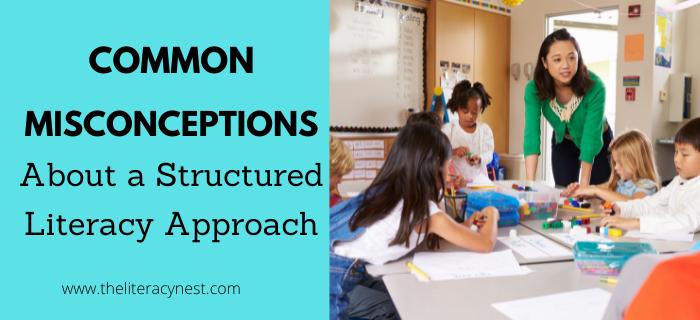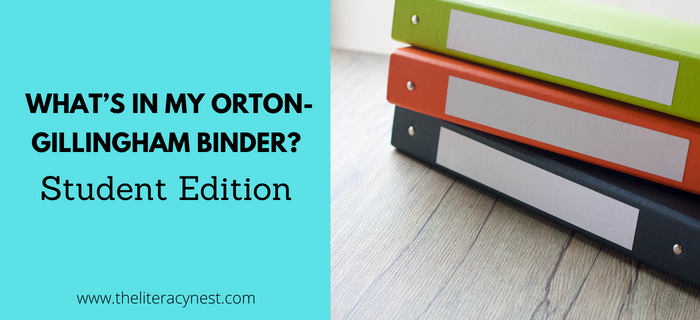Why It’s Worthwhile to Do Quick Alphabet Sequencing Activities in Orton-Gillingham Lessons for Dyslexic Students
Alphabet sequencing may seem like a small thing—after all, most kids learn their ABCs in preschool, right? But for dyslexic learners, sequencing the alphabet is more than just a “basic” skill. It’s a building block for reading, writing, and spelling. That’s why adding quick alphabet sequencing activities into your Orton-Gillingham lessons is so worthwhile. Honestly, they don’t take much time, plus, they pack a big punch for your students’ literacy growth. Luckily, I have a few reasons why alphabet sequencing activities are worthwhile, just in case you’re not quite sold on the idea.
1. Strengthens the Alphabetic Principle and Letter Recognition
Many dyslexic students struggle with automatic recall of letters. Alphabet sequencing activities remind them that each letter has a name, a sound, and a specific place in a fixed order. This creates stronger connections between the letter’s shape, its sound, and its name. If you want to dive deeper into this idea, check out my post on why the alphabetic principle is so important.
2. Boosts Working Memory and Processing Speed
Alphabet sequencing gives students practice holding information in their minds and retrieving it quickly. These skills directly support fluent decoding and spelling. Additionally, sequencing the alphabet is low-risk. Kids get to strengthen those cognitive muscles in a way that feels manageable.
3. Builds Orthographic Mapping Skills
When students know the alphabet sequence inside and out, it’s easier for them to store and retrieve words in their long-term memory. This process is known as orthographic mapping. Thankfully, with orthographic mapping, kids move from slowly sounding out words to recognizing them instantly.
4. Improves Dictionary and Word Study Skills
Alphabetical order isn’t just about singing the ABCs—it’s a practical skill. Students need it to use dictionaries, glossaries, and indexes. Luckily, embedding this into lessons gives dyslexic learners the repeated, structured practice they need. The more students practice their dictionary and word study skills, the more they will succeed when those independent tasks come up.
5. Offers Teachers Diagnostic Insight
Alphabet sequencing activities can also be eye-opening for teachers. If a student skips letters, confuses similar ones (like b and d), or hesitates in certain spots, that’s valuable information. It tells you exactly where extra support or review might be needed.
6. Makes a Quick, Multisensory Warm-Up
These activities don’t need to take more than a few minutes. They’re a great way to get brains activated and establish a predictable start to each lesson. You can:
- Ask students to orally sequence: “Start at G and go to M.”
- Give a written task: “Write the alphabet starting at D.”
- Try fill-in-the-blank: “A, __, C, __, E”
- Practice backwards sequencing: “Say the alphabet backwards from M to G.”
For an even more engaging twist, you can use multisensory tools. For example, you can use sand trays, magnetic letters, or even a hands-on alphabet chart like this one I recommend (affiliate link).
Alphabet Sequencing Resources
If you’re looking for ready-to-use materials, I created a set of Orton-Gillingham Alphabet Resources. This easy to use resource includes multisensory activities, visuals, and practice sheets. These alphabet activities are perfect for building quick sequencing warm-ups right into your lessons.
And here’s a bonus: if you’d like even more literacy tools, you can grab a 15% off coupon for The Literacy Nest website shop when you join my email list here.
Strengthen Literacy with Alphabet Sequencing
Alphabet sequencing may look simple, but for dyslexic learners, it’s a powerhouse activity. It strengthens recall, supports orthographic mapping, builds confidence, and gives teachers valuable insight—all in just a few minutes a day.
So don’t skip the ABCs in your lessons. With the right tools and strategies, those quick activities can have a lasting impact on your students’ literacy journey.






